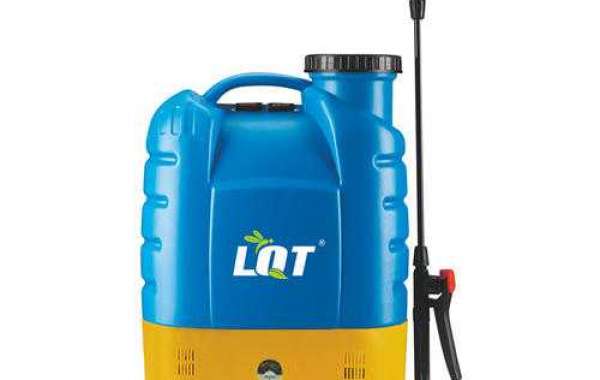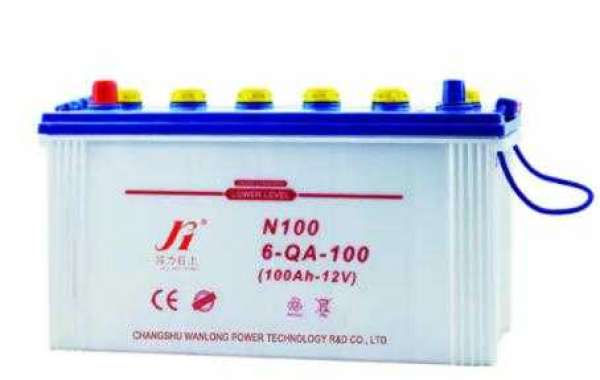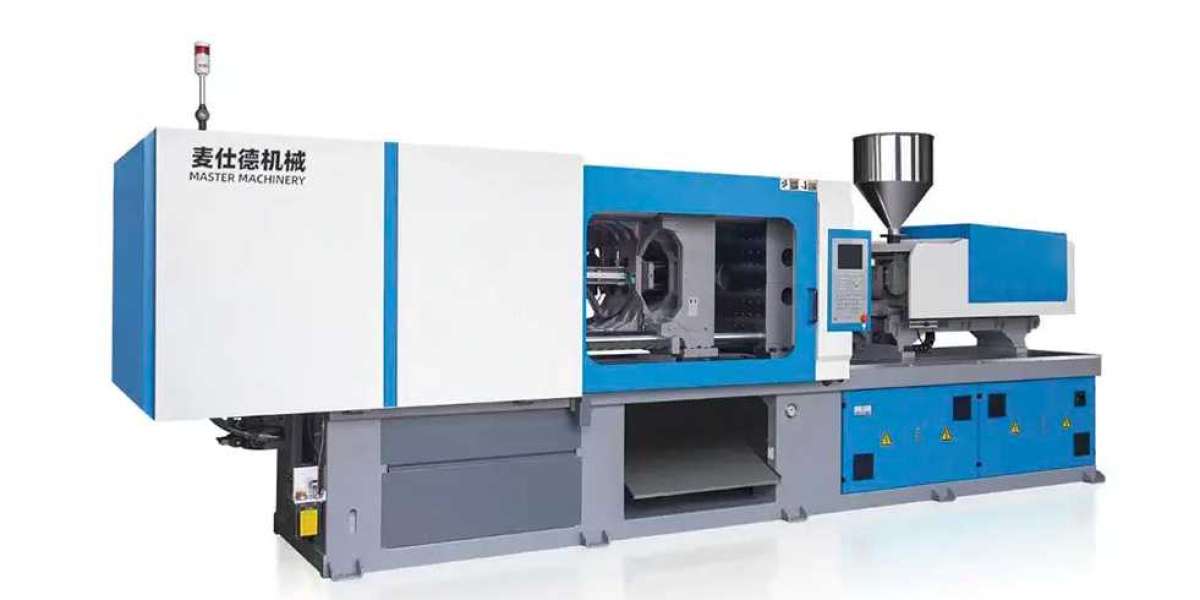Not all FAO member countries have safety and quality standards for agricultural pesticide sprayers, and the existing international standards for this type of equipment are generally inappropriate for many member countries. Since 1995, FAO-AGSE has been working to develop guidelines to improve the safety and efficiency of the most commonly used types of spray equipment.
The FAO Standard Guidelines are based on existing international, European, and national standards and other published references. They also drew on the in-depth knowledge and experience of the experts assigned to the project on international sprayer standards and the experience of authors who use pesticides in developing countries.
The first edition of the FAO Guidelines for Pesticide Application Equipment was approved for publication in May 1997; the FAO Pesticide Specification, Registration Requirements, Application Standards and Prior Informed Consent Expert Group; and the FAO Agricultural Engineering Expert Group.
This publication is the first edition of these guidelines, which contains comments and suggestions received from member states and new international developments since 1997. The first covers the minimum requirements, and the second covers more precise standards and testing procedures to determine compliance.
Minimum requirements
An important goal of the guidelines of the minimum requirements is to assist FAO and other agencies to ensure that the sprayers purchased are safe for users and the environment, and are efficient and durable in operation. Price is always an important part of the equipment purchase decision, but even the cheapest sprayer model should meet the lowest safety and durability standards.
FAO's minimum requirements take into account the agricultural knapsack sprayers already on the market, many of which already meet the requirements. Therefore, the main goal is that member states should adopt them immediately to start eliminating substandard and unsafe sprayers from their domestic markets and the international arena.
The minimum requirements guidelines are introduced in different volumes, covering different types of spray equipment, such as the main types of portable (operator-carried) sprayers, including rotary atomizers, vehicle-mounted, and towed (tractor) sprayers, etc.
Guidelines for Standards and Test Procedures
Standard guidelines are more demanding than minimum requirements and provide more precise safety goals for spray equipment. They include detailed specifications and requirements, supplemented by testing procedures to measure whether the main types of agricultural pesticide sprayers produced or used in FAO member countries comply with FAO standards. These standards reflect current production practices, other national and international standards, and the actual situation of member states in this field.
The purpose of the minimum requirements and standard guidelines is to provide manufacturers and governments with a practical and consistent quality assurance system. Each member state can then decide on the form and speed of introducing the corresponding guidelines into national practice and legislation.
The entire series also contains the following other guidelines:
Guidelines for registration, certification, and testing procedures of new pesticide application equipment;
These guidelines outline another way that governments can influence pesticide safety by controlling the quality of pesticide application equipment manufactured in or imported into the country. By incorporating the requirements of manufacturers and importers that application equipment meets safety and durability standards into national laws, it should be possible to gradually reduce and eventually eliminate unqualified equipment from the market.
Organizational guidelines for the Rechargeable Battery Sprayer test and certification program being used
This publication covers the testing and certification of sprayers currently using pesticides on commercial farms. They meet the urgent needs of many countries to ensure that pesticides are applied through safe and fully functional equipment when pesticides are used in crop production. This problem applies to a large field and orchard sprayers and equipment carried by operators.
Guidelines for the organization and operation of training programs and certification procedures for operators of pesticide application equipment.
These guidelines consider the training, testing, and certification of personnel who actually operate pesticide application equipment. Even the most well-designed and maintained sprayer can cause immeasurable damage to unskilled operators, and the importance of these guidelines should not be underestimated. The other two guidelines in the series deal with the use of airplanes and field crop sprayers, as well as the methods of spraying pesticides on trees and trees. Shrub sprayer:
Good practice guidelines for aerial pesticide application;
Good practice guidelines for ground application of pesticides.
These guidelines are designed to provide practical help and guidance to everyone who uses pesticides in food and fiber production or public health programs. They cover the main ground and aerial spraying techniques.
Search
Categories








